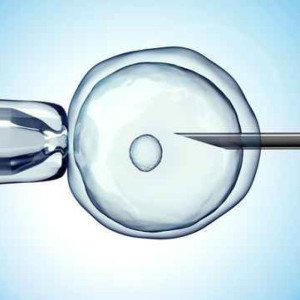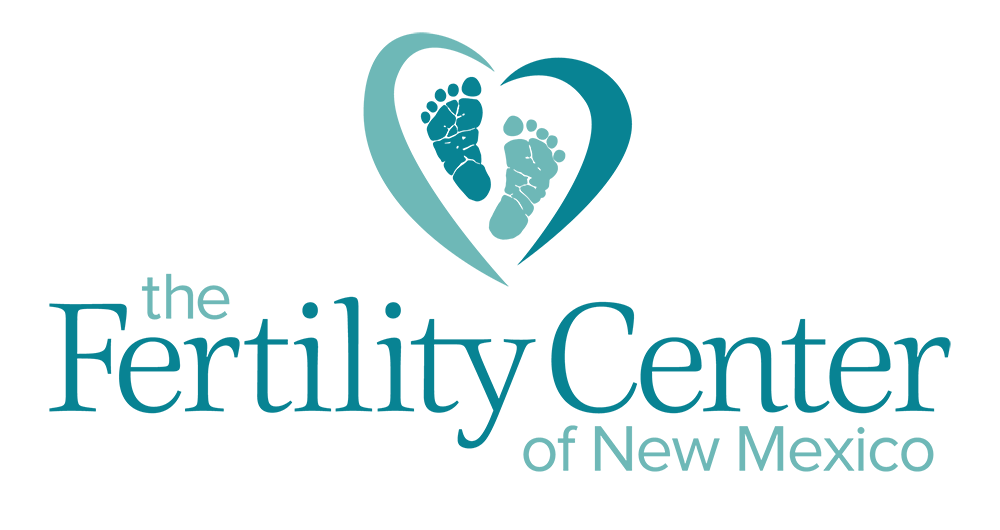 Since the very first child born via in vitro fertilization (IVF) treatment over 40 years ago, patients globally have been turning to this method of reproductive assistance due to its efficiency. With his highly successful and nationally recognized IVF programs over the last 30 years, Dr. Jim Thompson has helped patients diagnosed with infertility realize their once intangible dream of becoming parents.
Since the very first child born via in vitro fertilization (IVF) treatment over 40 years ago, patients globally have been turning to this method of reproductive assistance due to its efficiency. With his highly successful and nationally recognized IVF programs over the last 30 years, Dr. Jim Thompson has helped patients diagnosed with infertility realize their once intangible dream of becoming parents.
While treatment may vary depending on various factors such as age or cause of infertility, the procedure will typically follow a similar line of steps. Whether you’re researching your options or have decided to become a patient, understanding the process can help ease any feelings of nervousness or doubt.
In vitro fertilization treatments help patients conceive by taking the female partner’s egg, or a donor egg, and joining it with sperm in an embryology laboratory. After the embryo has reached the optimal development, it can then be transferred into the woman’s uterus where it may implant and grow.
Ovarian stimulation will be used to encourage the female to produce more eggs so that when it is time to retrieve them, there will be more than one. Once ready, the egg and follicular fluid will be removed from the ovaries via a needle guided by ultrasound. The patient will be sedated for this process by the care of an anesthesiologist. The eggs will be treated in the laboratory where the sperm from a male partner or donor will merge with the egg. Fertilization can either occur naturally or by way of intracytoplasmic sperm injection (ICSI), and after 3-6 days in culture, the embryo will be transferred to the woman’s uterus or cryopreserved for later transfer. It is here that impregnation will hopefully occur.
